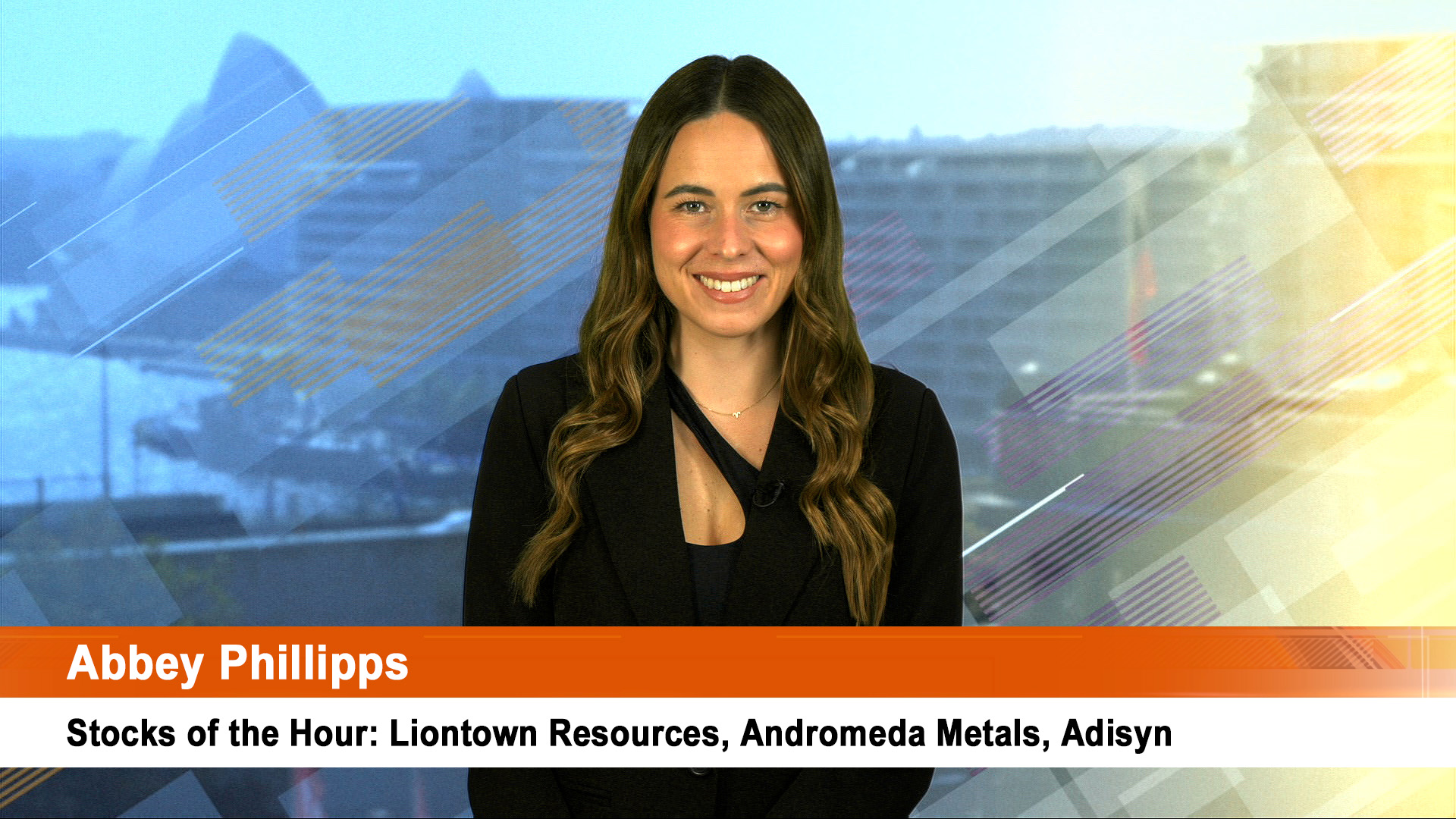
So if you believe gold bugs, last week’s Quantitative Easing by The US Federal Reserve will see surging inflation and a whole collection of other bad stuff.
So if that was the case after the Fed’s move (which means it’s following The Bank of England, the Swiss Central Bank, Sweden and the Bank of Japan), why hasn’t gold exploded past $US1,000 an ounce, topped the old record of around $US1,033 an ounce and gone higher?
Gold finished at $US954.20 in New York on Friday for the current futures contract.
You’d be entitled after the news of the Fed’s move, the flow of bad news, the drop in the US dollar, to believe that the metal would be off and running.
After all, supply is falling, demand is rising from nervous speculators and yet, after the spurt late Wednesday and then Thursday, the metal ran out of puff.
The Financial Times asked the same question in pointing out that in real terms, gold is half what it was in 1980, and if looked at what’s available in gold reserves, there’s only $US900 billion worth (depending on prices).
The FT said this was a quarter of all the money in circulation, and therefore gold was vulnerable to a speculative squeeze. So why hasn’t it happened?
Look at the value of the gold reserves and compare it with the money the American Government is spending on banks ($US700 billion from the Tarp), the stimulus, $US784 billion, the Fed’s $US300 billion in proposed purchases of T-bonds from banks and over $US1 trillion of purchases from mortgage and other loan backed bonds from Fannie Mae et al.
That’s an awful lot of stimulus just in the US (with hundreds of billions of dollars of spending elsewhere). All that is music to the bank balances of gold bugs, but no one is making a charge.
And if you think about it, there are similar comments to be made for other less speculative commodities, such as oil, copper and other metals and agriculturals.
They are not as susceptible as gold, but many speculators (AKA investors) like them for what they are: a hedge against inflation in some way.
Well, the crushing pressure of the global recession is limiting that impact, and the crushing weight of the credit crunch is stopping demand stabilising and then recovering.
All this means there’s no impetus from the normal supply and demand, except for the stock rebuilding purchases of copper, other metals and some rural commodities: but not gold or oil.
For that reason some farsighted analysts are warning investors that the rebound in commodities in the past two weeks is as empty as the one was late last year, which crashed and self-destructed in January and February.
But some analysts are starting to see value in commodities: Goldman Sachs Friday increased its recommended allocation for commodities to “neutral” from “underweight”.
(But then Goldman Sachs forecast $US200 a barrel oil midway through last year, about six weeks before the oil price started crashing).
The benchmark S&P GSCI index rose 8% last week; some commodities gained more than 10%. The CRB/Reuters Jeffries index hit its highest level Friday since February 8.
The Financial Times quoted James Steel, a commodities analyst at HSBC in New York, as saying that the genesis of the wider commodity rally appears to be the shift in policy by the Federal Reserve and not a sudden change in underlying supply and demand balances, “it is unclear whether higher commodity prices can be sustained.”
Barclays Capital said that a fall in freight costs, a steep decline in Chinese domestic steel prices – both good indicators of industrial activity and commodities demand – and the steady increase in inventories in some raw materials “all suggest fundamental conditions in several markets are still very weak and price recoveries [would] likely prove fragile.”
And Goldman warns that it would need to “see demand stabilise before going overweight” in commodities.
And many analysts are wondering about the theory gold bugs are clinging to: that Quantitative Easing means higher inflation in the medium to long term.
They point to Japan’s experience in the 1990’s where Quantitative Easing failed to ignite inflation: it also failed to stop deflation from throttling the economy (partly because of poor political leadership and poor leadership from the Bank of Japan).
China remains the key: for example Australian iron ore, coking and thermal coal prices are falling because of lower contract prices starting next week. But China is keeping copper prices higher than they should be.
Aluminium stocks at the London Metal Exchange are now at all time highs: China’s low key buying hasn’t helped prices all that much, lead and zinc will be weaker if China stops its occasional forays to buy cheaply priced metal for its strategic stocks.
The FT also pointed out that hedge funds, commodity funds etc have less to spend this year as the credit crunch has reduced their capacity to leverage (and their investors have grown wary of leverage).
The International Monetary Fund last week made the very clear point in forecasting a fall in global output in 2009: it said commodity prices are unlikely to recover while global activity is slowing.”
So Friday saw copper ease in New York to end at $US1.7960 a pound to close up almost 8% over the week.
London Metal Exchange stocks rose 2.1% Friday to 503,950 tonnes.
Oil fell from a three-month high as the US dollar rose. April oil fell 55 cents, or 1.1% in New York to settle at $US51.06 a barrel on Nymex.
Oil touched $US52.25 Thursday, the highest since December 1. Prices rose 1













